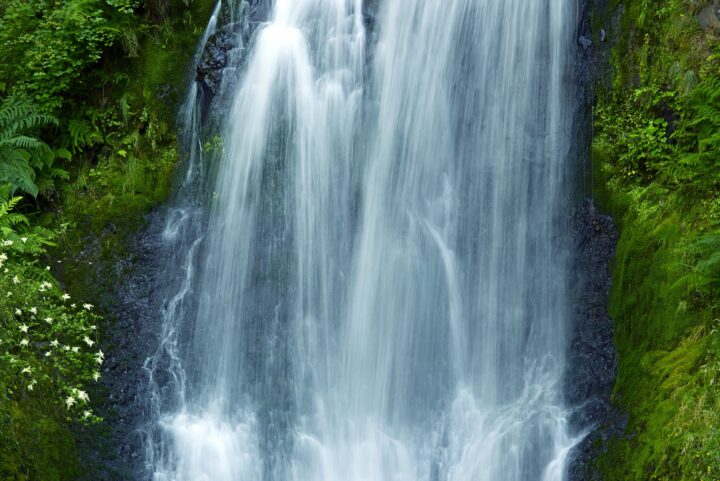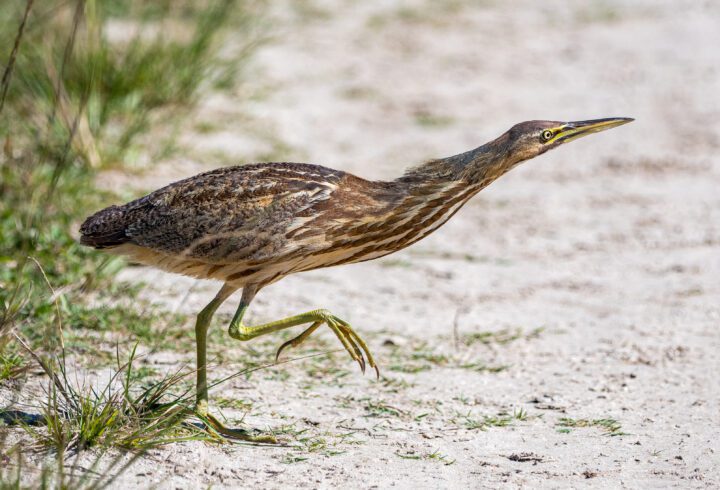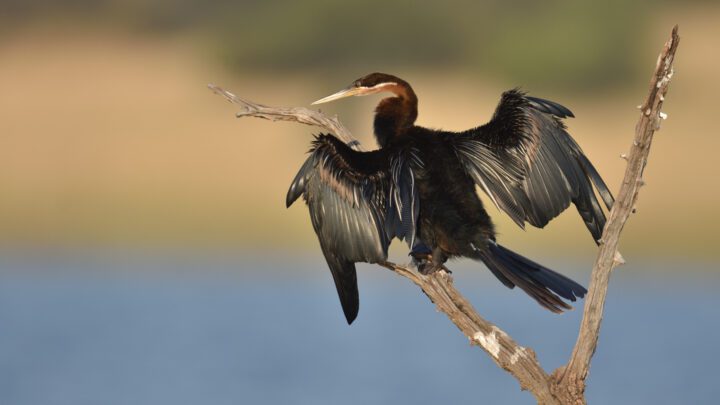Buttresses of the red mangrove enable growth in thin soils by efficiently increasing footprint
The red mangrove (Rhizophora mangle) is a coastal tree that grows in shallow estuaries throughout tropical regions. They grow in regions where storms and high winds are common and they are continually subjected to water currents and tidal forces. At the same time, they grow in waterlogged and shallow silt that is continually moving and so they are unable to anchor themselves using their roots the way trees growing on land can. Unsurprisingly, these trees invest much less energy in their root system, which can be as low as 5% of the total tree biomass (this compares to between 15-55% for other tree species). Instead, red mangrove trees rely on rhizophora, specialised stilts made from the same material as the main stem that take in and transport water and oxygen and also provide support for the tree on a difficult shifting surface.
Red mangrove rhizophora work like flying buttresses on European cathedrals, or like a person using ski poles or crutches to maintain balance. They make the footplate area of the organism much larger, whilst keeping down the total amount of tissue required for stability. Red mangle buttresses are even more effective at this than man-made structures, as their rhizophora branch as many as six times before entering the silt.
As the trees grow, new rhizophores are continually produced, enabling the trees to respond to changes in their environment, for example growing towards the best light, regardless of the quality of the substrate. They are remarkably effective at this, growing larger than other trees in the mangrove forests and maintaining main stems that are no more than a few degrees from vertical, despite the challenging conditions and continual pressure from water flow and tides that constantly threaten to push them over.
The unique structure and stability of the red mangrove makes them particularly important for the protection of vulnerable coastal ecosystems from extreme events like cyclones and tsunamis.







